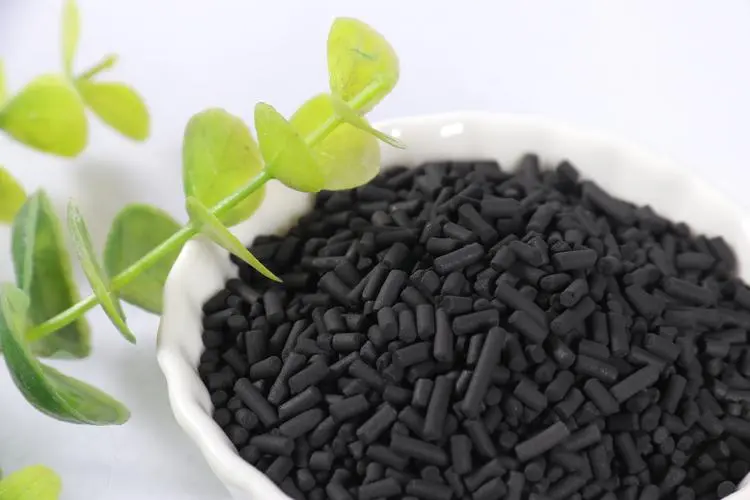
fly ash and slag
The Role of Fly Ash and Slag in Sustainable Construction
In the realm of sustainable construction, the incorporation of industrial by-products such as fly ash and slag has gained significant attention. These materials, derived from the combustion of coal and the smelting of iron ore respectively, not only provide an economical alternative to traditional cement but also contribute to the reduction of environmental impact associated with construction activities. This article delves into the properties, benefits, and applications of fly ash and slag, highlighting their critical role in promoting sustainability within the construction industry.
Understanding Fly Ash and Slag
Fly ash is a fine, powdery material collected from the flue gases of coal-fired power plants. It primarily consists of silica, alumina, and iron, making it a pozzolanic material. This means that it can react with lime in the presence of water to form compounds that contribute to the strength of concrete. On the other hand, slag, a by-product of iron and steel production, is created when molten iron is cooled and solidified. Granulated blast furnace slag (GBFS) is commonly used in construction due to its cementitious properties, which can enhance the durability and performance of concrete.
Benefits of Using Fly Ash and Slag
One of the foremost advantages of using fly ash and slag in construction is the reduction of cement consumption. Traditional Portland cement production is energy-intensive and generates significant carbon dioxide emissions. By substituting a portion of cement with these industrial by-products, it is possible to lower the carbon footprint of concrete production. Studies indicate that replacing cement with fly ash or slag can reduce greenhouse gas emissions by up to 30%, making concrete more environmentally friendly.
Additionally, the use of fly ash and slag can improve the mechanical and durability properties of concrete. For example, concrete mixtures containing fly ash exhibit higher workability and reduced water demand. This can lead to lower permeability and enhanced resistance to chemical attack, thus extending the lifespan of concrete structures. Similarly, slag can enhance the resistance of concrete to sulfate and alkali-silica reactions, which are significant causes of deterioration in concrete elements.
fly ash and slag

Applications in Construction
Fly ash and slag are versatile materials that can be utilized in various construction applications. One of the most common uses is in concrete production, where they can be incorporated as partial replacements for cement. This practice is especially beneficial in large-scale infrastructure projects such as highways, bridges, and buildings, where durability and performance are paramount. Moreover, the use of these materials is not only limited to concrete; they can also be utilized in the production of mortars, grouts, and even in asphalt mixtures.
Another promising application is in soil stabilization. Both fly ash and slag can be used to improve the physical properties of soil, making them ideal for use in road construction and foundation support. They enhance the load-bearing capacity of the soil, reduce plasticity, and increase shear strength, contributing to safer and more effective civil engineering practices.
Challenges and Considerations
Despite their many benefits, the use of fly ash and slag in construction does come with challenges. Variability in the properties of these materials, influenced by the source and processing methods, can affect their performance in concrete. Additionally, the limited availability of high-quality fly ash and slag at certain locations may pose logistical challenges for construction projects. It is crucial for engineers and architects to consider these factors and conduct thorough testing before incorporating these materials into their designs.
Conclusion
Fly ash and slag represent a significant advancement in the quest for sustainable construction practices. By leveraging these industrial by-products, the construction industry can reduce environmental impact, enhance the durability of structures, and promote resource efficiency. As awareness of the importance of sustainability continues to grow, the adoption of fly ash and slag is likely to increase, paving the way for a greener future in construction. Investing in research and development to optimize their use will further enhance their benefits, ensuring a lasting impact on the industry and the environment.
Share
-
Premium Glass Sand Solutions | High Purity SupplyNewsAug.03,2025
-
Premium Talcum Powder Enhanced with GPT-4 Turbo | Soft & Long-LastingNewsAug.02,2025
-
Fly Ash Solutions Enhanced by GPT-4 Turbo | Sustainable InnovationNewsAug.01,2025
-
Natural Premium Bentonite Cat Litter - Superior ClumpingNewsJul.31,2025
-
Premium Resin Coated Sand - High Heat Resistance CastingNewsJul.31,2025
-
High Quality Silicon Carbide Grit for Abrasive ApplicationsNewsJul.30,2025






